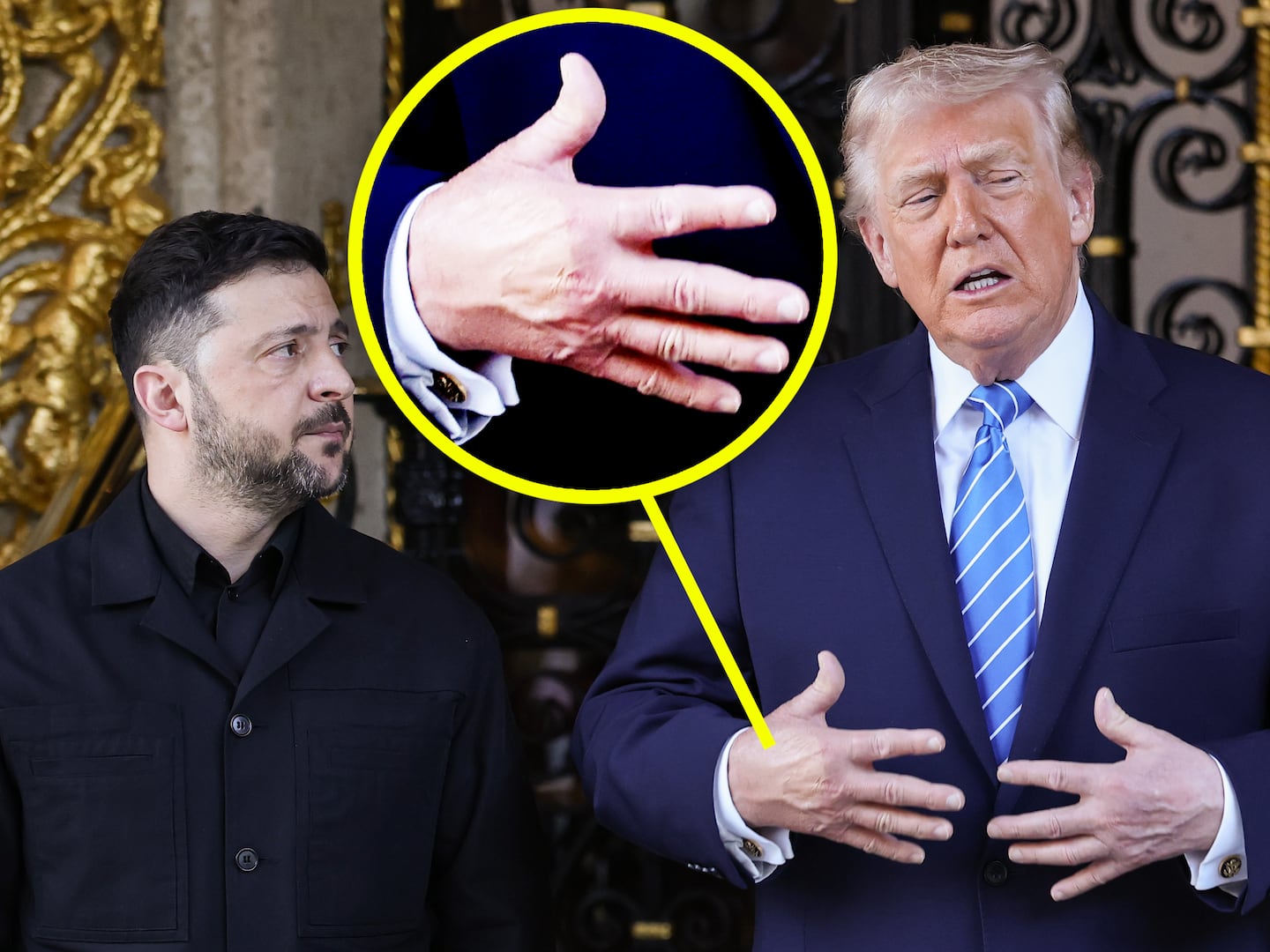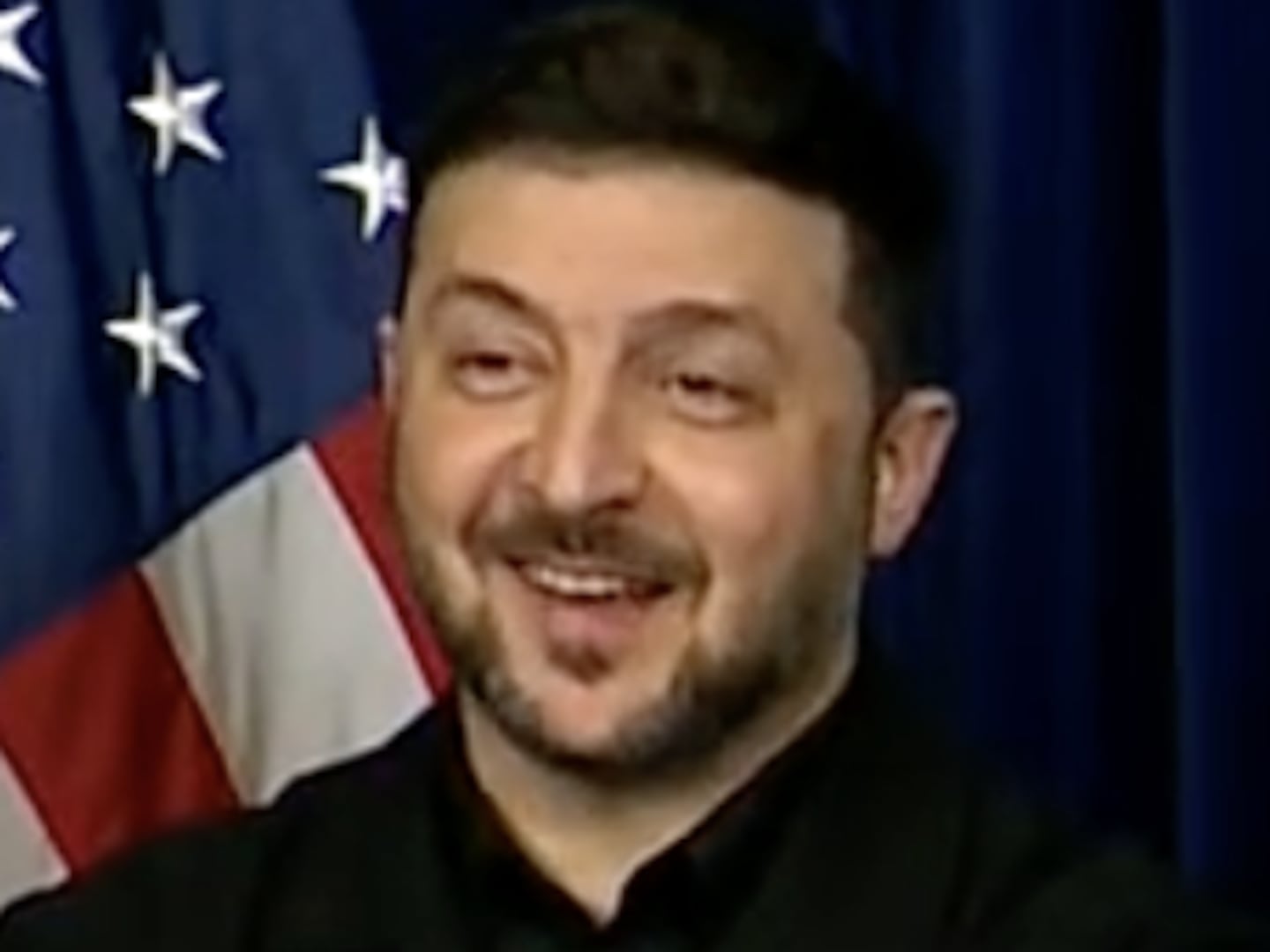Like millions of other Syrians, Ali Belkesh’s world has been turned upside down by the uprising against President Bashar al-Assad, which has transformed him from a country boy—“I used to sell farming tools before the revolution,” he says—into a frontline sniper.

On this day, Ali is crouched behind a wall, holding a mirror around a corner. He’s searching in vain for an enemy sharpshooter further down the burnt-out street.
In a few moments, the enemy sharpshooter will have Ali in his crosshairs and take his shot.
In Aleppo, people tread carefully. Signs hang off walls saying: “Beware—snipers!” People shout conversations across deserted streets. Throughout much of the city’s old quarter, at every small intersection and across every open space, people sprint. Like a deadly pinball arcade, snipers’ bullets ricochet through the narrow streets, bouncing off the walls and ground. Neighborhoods are made up of “sniper alleys.”
Since practically the beginning of the conflict, snipers have been one of the defining characteristics of the Syrian uprising. The opposition says the government first used them against peaceful anti-regime demonstrators in the uprising’s initial stages. But as the civil conflict has sharpened, both sides are employing the renegade sharpshooters. Maya Nasser, a correspondent for Iran’s Press TV, is thought to have been killed by a rebel sniper in Damascus.
It’s impossible to get a reliable count of the number of snipers in Aleppo, but all sides agree that there are more shooters than ever operating in the city. The opposition claims that the increase is due to an influx of foreign snipers fighting in support of the government troops.
“We think they are not Syrian. We have found enemy bodies that don’t look Syrian,” said Barry Abdul Latif, an opposition activist who travels almost daily to frontlines across Aleppo to document the fighting. Echoing widespread suspicions, he says, “We think they are Iranian. But we don’t have proof.”
Times of violence birth macabre customs. Exactly why army snipers are killing Aleppo’s stray cats in not clear—some say it’s a way for the snipers to remain sharp and pass the time. Others say it’s a sign of the sniper’s nerves, taking shots at anything that moves.
After awhile, one stops trying to make sense, and accepts that it might be bloodletting to just spill some blood.
Soft-spoken and humble, Ali Belkesh, the 28-year-old farmboy-turned-sniper, has been in the uprising since its beginning in 2011. When his countrymen took up arms, his good eyesight made him a natural choice for a sniper.
Since then, he guesses he’s killed 15 Syrian soldiers.
Always in shorts and a baseball cap, Ali looks like a Syrian skateboarder. When he’s not fighting, he plays videogames late into the night, favoring airplane simulators as government aircraft fly in the skies above.
He has a wide smile, especially when he talks of his two-year-old daughter, whose picture he carries on his cell phone.
Today, Ali’s rebel brigade is bogged down by a sniper in the neighborhood of Saif al-Dawla, one of Aleppo’s frontlines. Carrying his Steyr Daimler rifle, Ali creeps through the dark corridors of an abandoned house. He motions to be quiet as he climbs up to an open window. Cocking his head, he points to the window—in the next house, Syrian soldiers can be heard talking.
Ali smiles.
He returns to the front of the house, where 10 or so rebel fighters wait with Kalashnikovs in their laps. They can’t move forward until Ali has located and taken out an army sniper further down the street.
He edges along a brick wall out on to the street. At the wall’s end, he pokes a mirror around the corner, looking at the reflection for any sign of the sniper. A burnt-out bus sits in the middle of the street. In front, a building smolders, half of its façade blasted off. But no sign of the sniper. After 30 seconds, Ali gives up, walking back to his fellow fighters with a shrug.
A crack rings out and Ali drops to the floor with a yell. The enemy sniper has struck. The other fighters quickly pull him back in to the house before the sniper can get a second shot. Gently patting him all over, the fighters look for the bullet hole. Pulling up his T-shirt, they see that the bullet only grazed him over his left shoulder.
Even though it’s a minor cut, Ali is helped out of the frontline to see a doctor. Just before reaching a car, the fighters sprint across a big intersection to avoid another sniper.
“He can kill as many of us as he can. But we will never surrender. We will fight until victory,” says Ali.
The next day, Ali returns to the same street, back to looking for that sniper.






